小心食源性疾病 Watch out for the foodborne diseases
什么是食源性疾病? What is foodborne disease?
食源性细菌感染是指由食品中的各种致病因子经摄食进入人体引起的感染性或中毒性疾病。通俗地讲就是“吃”出来的病。大多数由致病菌引起的食源性疾病主要以消化系统症状为主,就是人们常说的“上吐下泻”。但有些食源性致病菌感染后除了消化系统症状以外,还会引起严重的并发症。
foodborne bacterial infection means the infectious or toxic diseases caused by pathogenic factors which enter human bodies through eating. Put it simply, it is the diseases caused by eating. Most foodborne diseases resulted from pathogenic bacteria mainly leads to Digestive System Symptoms, which is what they call ‘vomiting and diarrhea’. But apart from it, some foodborne pathogenic bacterials may also lead to serious complications.
常见类型有哪些&体现在什么食物中? What are the common types & what foods are they reflected in?
沙门氏菌 吃了冰箱里生熟混放的肉,喝了未经高温消毒的牛奶,不幸拉肚子,很可能是感染了沙门氏菌。这种菌污染肉类、蛋类、奶类、蔬菜,还有花生酱等。小孩(5岁以下的儿童)、老年人、孕妇是易感人群。
Salmonella After eating the meat that is mixed in the fridge, drinking the milk without high temperature sterilization, unluckily, you have diarrhea. That is easily because you are infected by the Salmonella. This kind of bacterial pollutes meat, eggs, dairy products, vegetables, peanut butter, etc. The susceptible group includes the kids under 5 years old, the elders, and the maternities.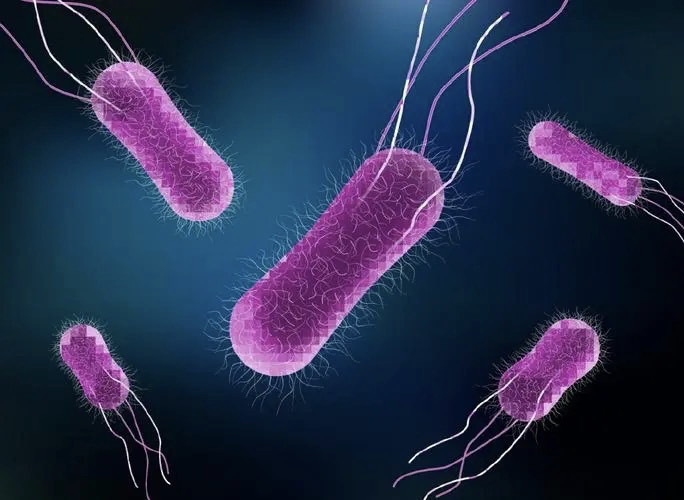
副溶血性弧菌 “副溶血性弧菌”偏爱鱼、虾、蟹、贝类等海产品,生食海鲜、烹饪时未烧熟煮透、熟食制品因保存或操作不当时易“中招”。
Vibrio parahaemolyticus Vibrio parahaemolyticus love fishes, shrimps, crabs, shell fishes and other seafoods. When you are eating raw or undercooked seafoods, or the seafood which is not stored or processed properly, you are likely to be infected.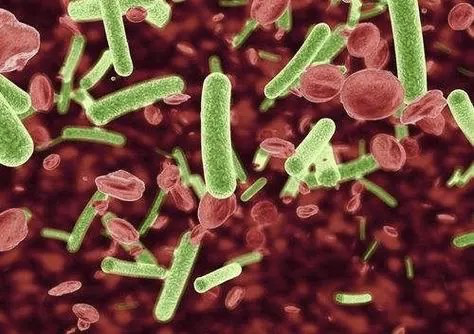
河豚毒素 外表萌萌哒的河豚“腹黑”至极,含有剧毒的河豚毒素,只需0.5mg即可致人死亡,而且这种毒素有金刚不坏之身,一般的加热、烧煮、晒干等方法都不能消灭它。
Tetrodotoxin The puffer fish has cute appearance but infect it is scheming.It has highly toxic tetrodotoxin, only 0.5mg can cause death, and this toxin is almost invincible, general heating, boiling, drying and other methods can not damage it.单增李斯特菌 单增李斯特菌是危害严重的食源性致病菌之一。除了消化系统症状以外,还会引起严重的并发症。它主要感染老人及免疫力低下的人群。
Listeria monocytogenes Listeria monocytogenes is one of the foodborne pathogens that cause serious harm. In addition to digestive symptoms, it can cause serious complications. And it mainly infects the elderly and immunocompromised people.大肠杆菌 大肠杆菌常见于小肠下部的温血生物。大多数大肠杆菌的菌株是无害的,无害的菌株是动物肠道中正常寄居菌,会制造维生素K、防止肠道中其他致病菌的生长,对人体有益。但其中很小一部分在一定条件下引起疾病,某些血清型(EPEC、ETEC等)大肠杆菌会在其宿主中引起严重的食物中毒,并且偶尔会导致产品召回的食品污染事件,这主要是由特定的菌毛抗原、致病性毒素等感染引起的,除胃肠道感染以外,还会引起尿道感染、关节炎、脑膜炎以及败血型感染等。
Escherichia coli Commonly found in warm blooded organisms in the lower part of the small intestine. Most strains of Escherichia coli are harmless, and harmless strains are normal resident bacteria in animal intestines that produce vitamin K and prevent the growth of other pathogenic bacteria in the intestines, which is beneficial to the human body. But a small portion of them can cause diseases under certain conditions. Certain serotypes (EPEC, ETEC, etc.) of Escherichia coli can cause serious food poisoning in their hosts and occasionally lead to food contamination incidents such as product recalls. This is mainly caused by infections such as specific pili antigens and pathogenic toxins. In addition to gastrointestinal infections, it can also cause urinary tract infections, arthritis, meningitis, and septicemia infections.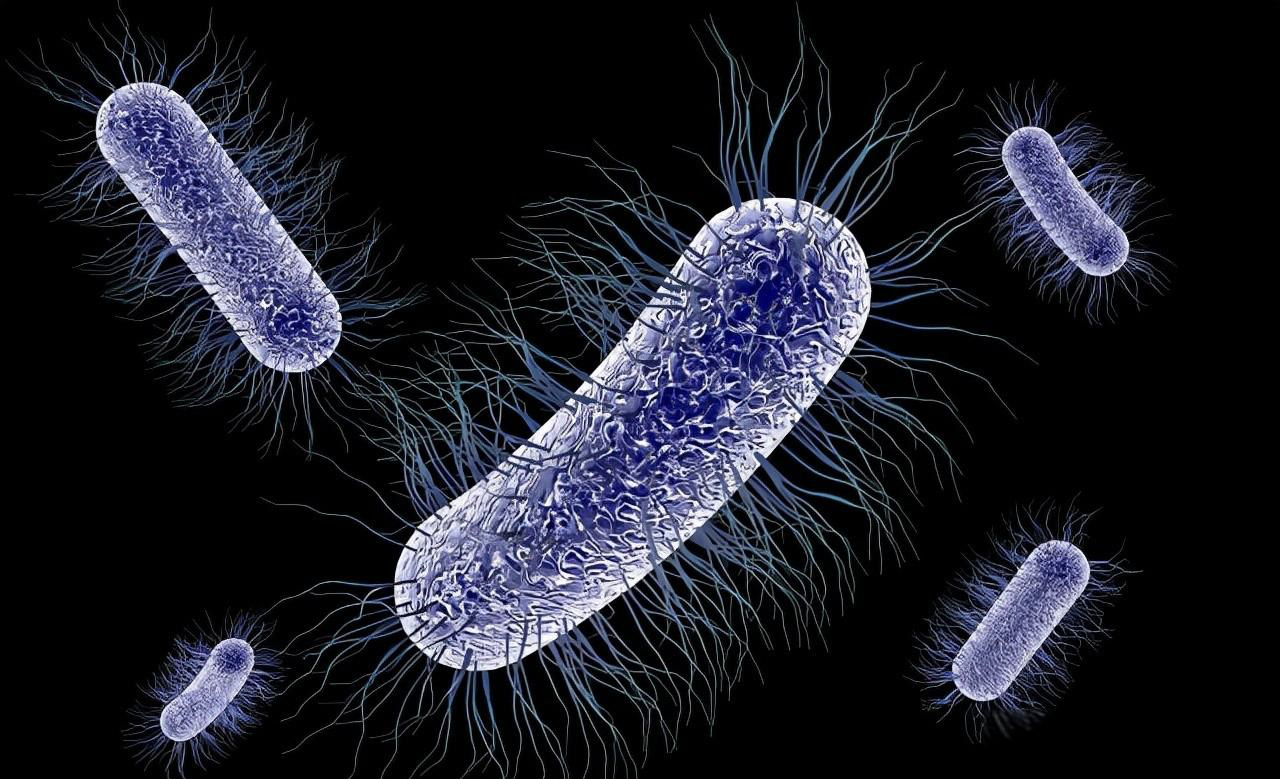
金色葡萄球菌 常见于肉类、蛋类、糕点等食品。能产生肠毒素,导致急性肠胃炎。
Staphylococcus aureus Commonly found in foods such as meat, eggs, and pastries. Can produce enterotoxins, leading to acute gastroenteritis.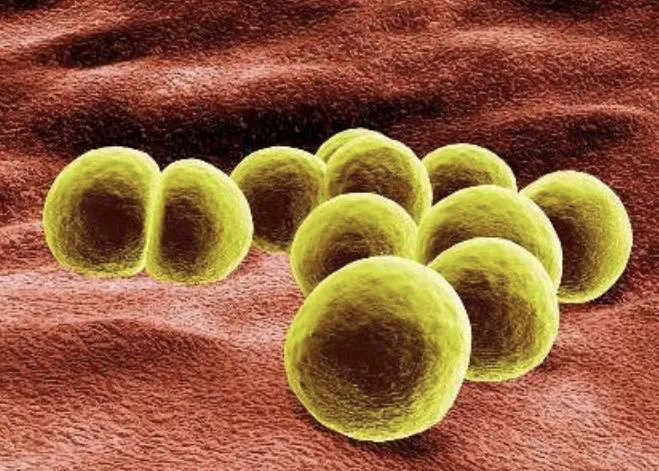
肉毒杆菌 在罐头食品、发酵食品等中可能存在。其产生的肉毒毒素毒性极强,会导致肌肉麻痹等严重症状。
肉毒杆菌是一种生长在缺氧环境下的细菌,在罐头食品及密封腌渍食物中具有极强的生存能力,是毒性最强的细菌之一。肉毒杆菌是一种致命病菌,在繁殖过程中分泌肉毒毒素,该种毒素是已知的最剧毒物,可抑制胆碱能神经末梢释放乙酰胆碱,导致肌肉松弛型麻痹。军队常常将这种毒素用于生化武器。人们食入和吸收这种毒素后,神经系统将遭到破坏,出现眼睑下垂、复视、斜视、吞咽困难、头晕、呼吸困难和肌肉乏力等症状,严重者可因呼吸麻痹而死亡。
Clostridium botulinum It may exist in canned food, fermented food, etc. The botulinum toxin it produces is extremely toxic and can cause serious symptoms such as muscle paralysis.
Botulinum toxin is a bacterium that grows in an anaerobic environment and has strong survival ability in canned and sealed pickled foods. It is one of the most toxic bacteria. Botulinum toxin is a deadly bacterium that secretes botulinum toxin during reproduction. This toxin is the most potent known toxin and can inhibit the release of acetylcholine from cholinergic nerve endings, leading to muscle relaxation paralysis. The military often uses this toxin for biochemical weapons. After consuming and absorbing this toxin, people’s nervous system will be damaged, resulting in symptoms such as eyelid droop, diplopia, strabismus, swallowing difficulties, dizziness, breathing difficulties, and muscle weakness. In severe cases, death may occur due to respiratory paralysis.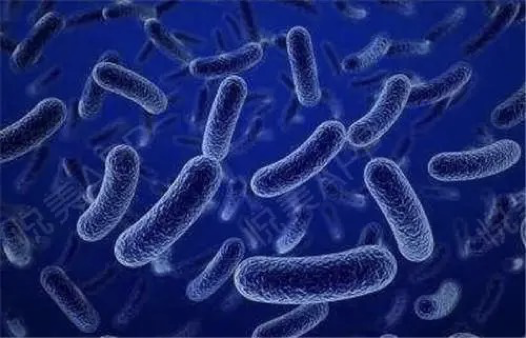
它有什么危害? What harm does it do?
无论是国际上,还是我国,目前食源性疾病主要还是以食源性病原微生物导致的为主。食源性疾病会对人体健康造成损害,轻者引起胃肠道不适,恶心、呕吐伴有全身症状,重者可以起严重腹泻,全身感染,甚至死亡,有些还可以引起并发症。据世界卫生组织(WHO)和世界粮农(FAO)报告,仅1980 年一年,亚洲、非洲和拉丁美洲5岁以下的儿童,急性腹泻病例约有十亿,其中有500万儿童死亡。英国约有1/5的肠道传染病是经食物传播的。美国食源性疾患每年平均爆发300起以上。1972年至1978年美国由于食源性疾患死亡病例达80例。食源性疾病不仅直接影响人民群众的健康,也对社会经济发展照成不利影响。在美国,由几种特定病原体导致的食源性疾病照成美国330万1230万人患病和3900人死亡,因此每年的经济损失约65亿349亿美元。
Both internationally and in China, foodborne diseases are still mainly caused by foodborne pathogenic microorganisms. Foodborne diseases can cause damage to human health, such as gastrointestinal discomfort, nausea, vomiting with systemic symptoms.Severely it may lead to diarrhea, systemic infections, and even death, some of which can also cause complications. According to the World Health Organization (WHO) and the World Food and Agriculture Organization (FAO) report, only in 1980 a year, Asia, Africa and Latin America, children under 5 years of age, there are about one billion cases of acute diarrhea, and 5 million of them died. About 1/5 of the enteric infections in the UK are propagated through food. In the United States, there are more than 300 outbreaks of foodborne diseases every year, and 80 deaths because of foodborne diseases in the United States between 1972 and 1978. Foodborne diseases not only directly affect people’s health, but also have an disadvantageous impact on socio-economic development. In the United States, foodborne illnesses caused by several specific pathogens have resulted in 3.3 to 12.3 million illnesses and 3,900 deaths in the United States, resulting in an economic loss of approximately $6.5 to 34.9 billion every year.
如何预防? How to prevent it?
- 挑选新鲜食材:选择没有变质的新鲜食物,确保食材的质量和安全。
- 充分清洗和浸泡:在食用前,彻底清洗和浸泡食物,去除可能的细菌和污染物。
- 选择活海鲜:购买海鲜时,最好选择活的,以减少细菌滋生的机会。
- 加热至70℃以上:在加工和烹调食物时,确保食物的内部温度达到70℃以上,以杀死潜在的病菌。
- 避免交叉污染:为防止熟食被细菌污染,切生的食品和熟的食品所用的刀、砧板要分开使用,并且凉拌菜要彻底清洗和消毒。
- 分开存放生熟食品:加工过的食品和未经加工的食品应避免接触,以避免交叉污染。在冰箱中存放超过24小时的食品要加热、蒸煮透后再食用。
- 及时食用冰箱食物:冰箱里的食物应尽快食用完毕,冷冻食品在进食前要加热,以避免细菌在低温条件下存活。
- 注意剩菜剩饭:一些细菌产生的毒素不怕高温,剩菜剩饭加热后仍有食物中毒的危险性。常温下保存时间不得超过2小时,过久的剩菜剩饭最好不再食用。
- 保持洁净:在切完生肉、生菜后,再做其他食物之前要及时洗手。并且要记得在用餐前也要洗手。
- 做好厨房卫生:保持厨具的清洁,消灭可能滋生细菌的地方,如苍蝇、蟑螂等传播细菌的媒介。
- Choose fresh ingredients: Choose fresh food that has not spoiled to ensure their quality and safety.
- Wash and soak generalized: Wash and soak food thoroughly to remove possible bacteria and contaminants before eating.
- Choose live seafood: When you are buying seafood, you had better to choose live ones to minimize the chance of bacterial growth.
- Heat to above 70°C: When processing and cooking food, ensure that the internal temperature of the food reaches above 70°C to kill potential germs.
- Avoid cross contamination: To prevent bacterial contamination of cooked food, knives and chopping boards used for cutting raw food and cooked food should be used separately, and coleslaw should be thoroughly cleaned and sterilized.
- Separate storage of raw and cooked food: Processed and unprocessed food should be kept out of contact to avoid cross contamination. Foods that have been stored in the refrigerator for more than 24 hours should be heated, steamed and cooked thoroughly before consumption.
- Eat the food in the refrigerrator in time: Food in the refrigerator should be eaten as soon as possible. Frozen food should be heated up before eating to avoid bacterial survival at low temperature.
- Pay attention to leftovers: Some bacteria produce toxins that are not afraid of high temperatures and leftovers are still at risk of food poisoning after heating. They should not be kept at room temperature for more than 2 hours.So, it is better not to consume leftovers after a long time.
- Keep clean: After cutting raw meat or vegetables, wash your hands before cutting cooked ones. And remember to wash your hands before eating.
- Keep your kitchen tidy: Keep cookers clean and eliminate areas that may harbor bacteria, such as flies, cockroaches and other vectors that spread bacteria.
